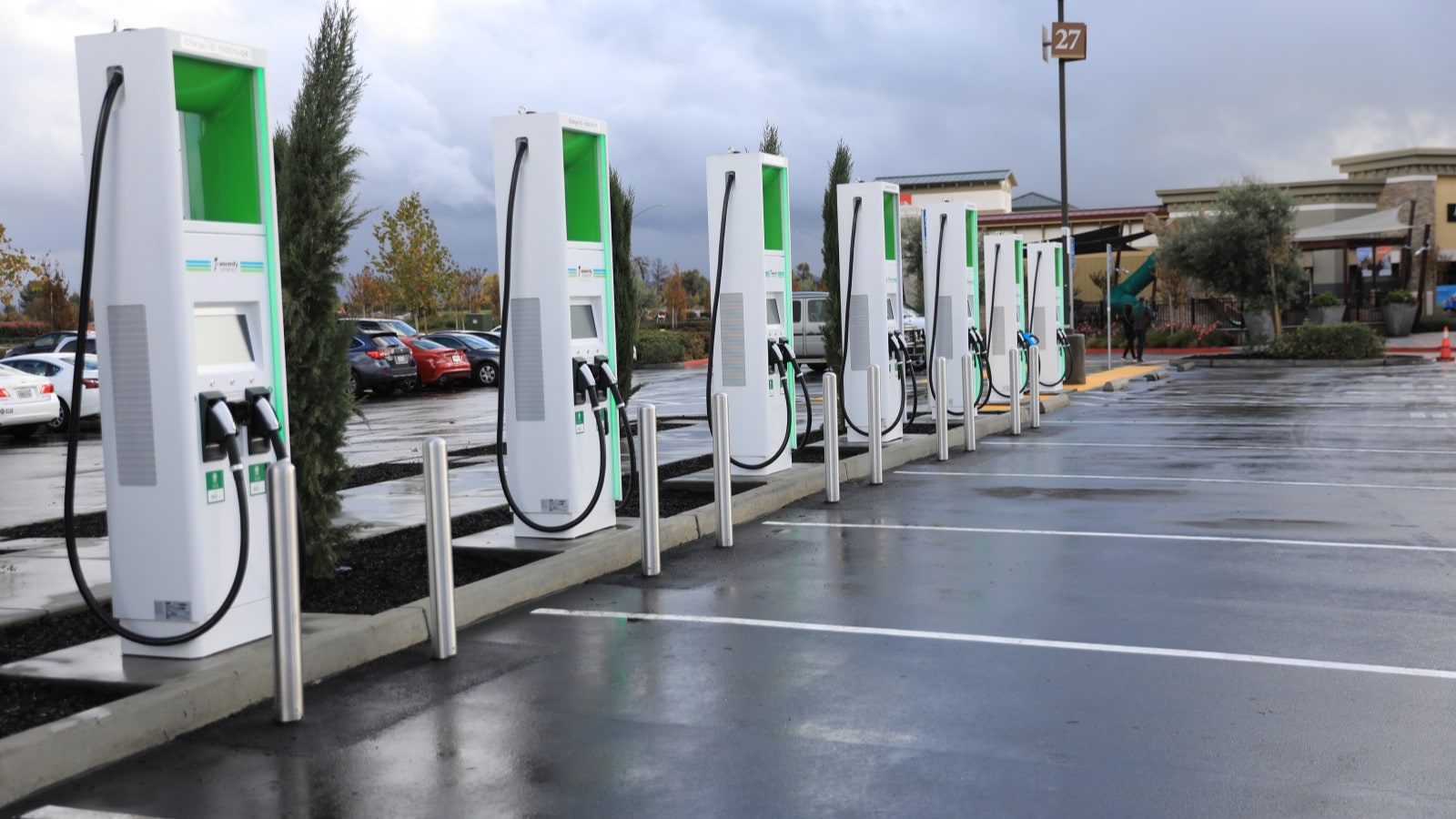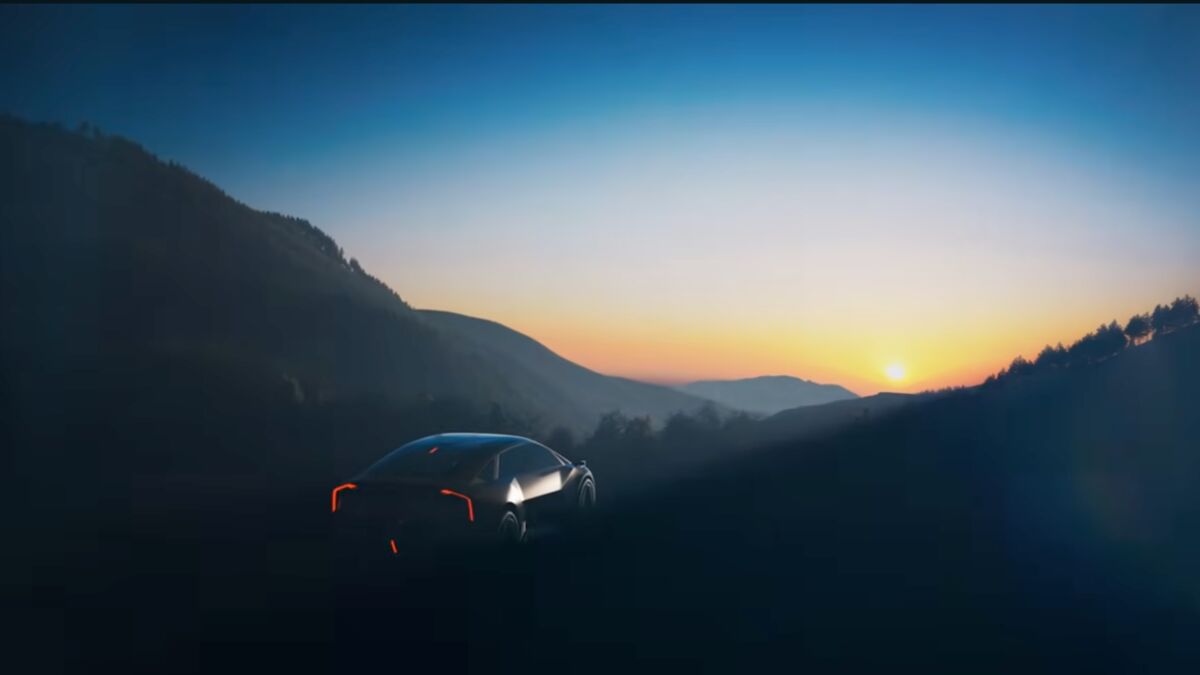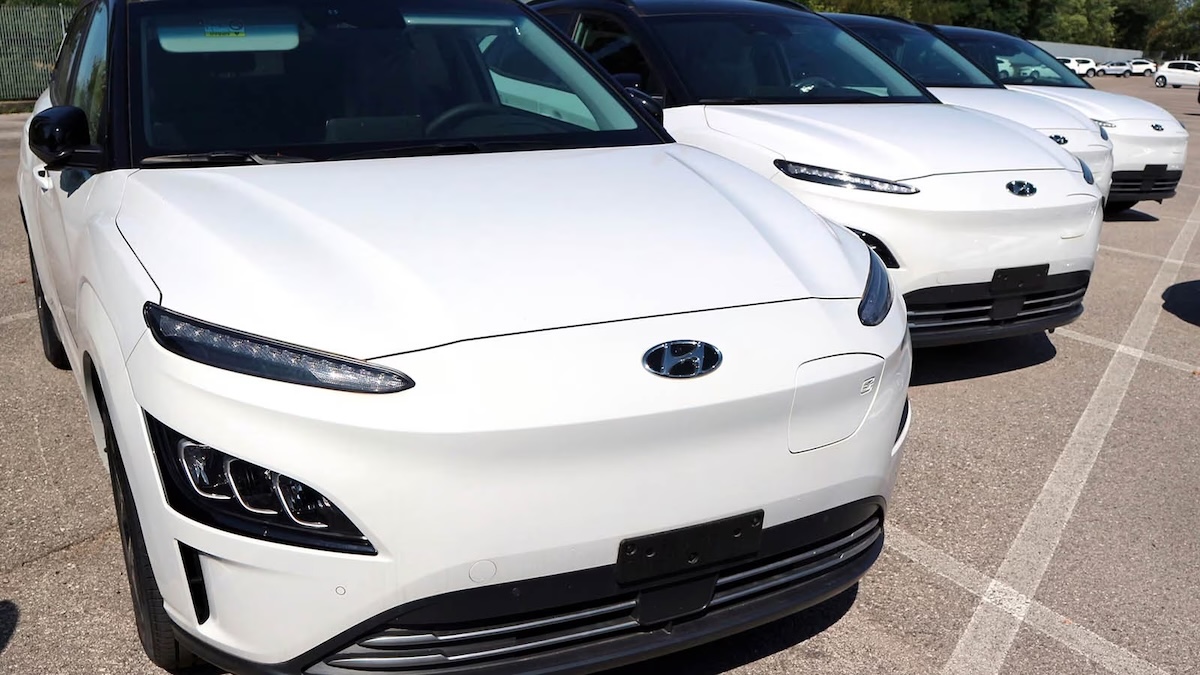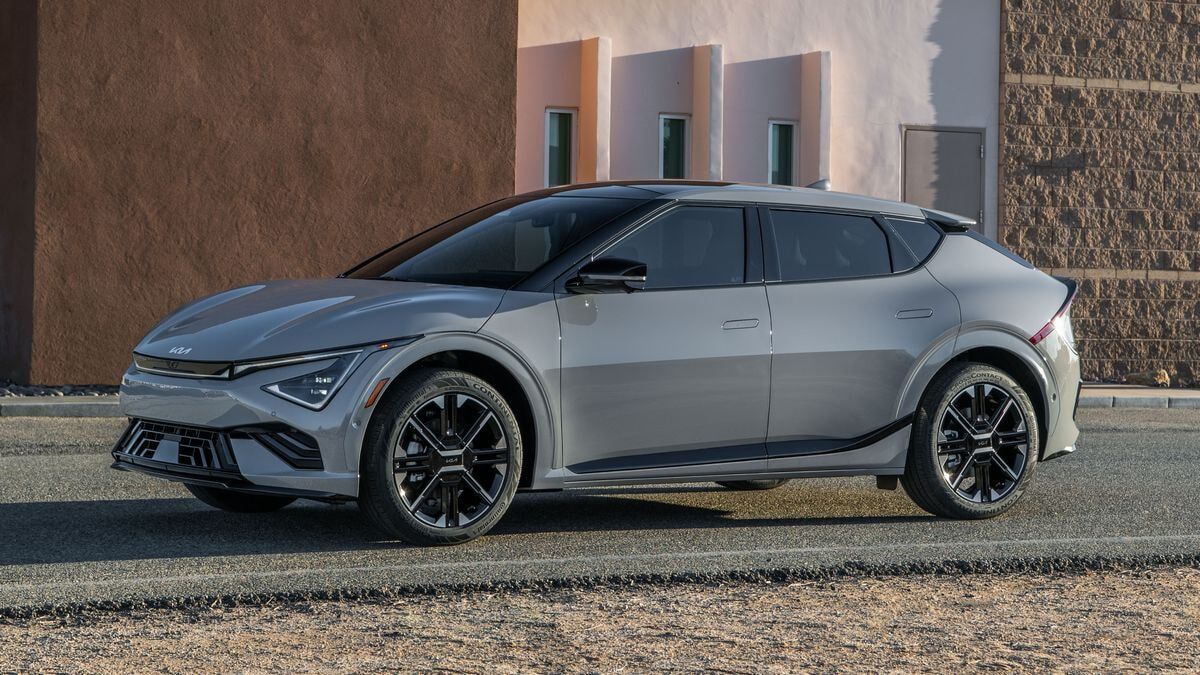“Could the biggest stumbling block to widespread electric vehicle (EV) adoption soon be fading?” That’s how J.D. Power researchers open discussion of their latest E-Vision Intelligence Report.
Researchers have consistently found that a lack of public charging options and unreliable public chargers frustrate the EV ownership experience. In the fourth quarter of 2023, they found that 18% of charging attempts failed due to broken chargers and faulty payment apps.
But “significant gains in customer satisfaction with public charging networks in the first quarter 024 are being driven by non-Tesla network,” J.D. Power says.
Two Types of Public Chargers, Both Improving
EV owners find two types of charging stations in public.
DC fast chargers, also called Level 3 chargers, are the fastest form of charging available. Networks often locate them at highway rest stops. They can charge many EV batteries to full in under an hour.
Destination chargers, also called Level 2 chargers, take several hours to top off a battery. Networks often build them at shopping centers.
On a 1,000-point scale, driver satisfaction with Level 3 public charging increased by 16 points in the first quarter of 2024, according to J.D. Power. Satisfaction with Level 2 chargers improved by 9 points.
“These mark the largest quarter-over-quarter increases in satisfaction with public charging since J.D. Power began collecting this data in 2021,” the study notes.
Respondents gave higher scores to speed and charger availability. But, perhaps more importantly “the number of charging failures experienced due to station outages and equipment malfunctions has declined from 71% in Q4 2023 to 59% in Q1 2024.”
Tesla’s Score Dropping, Rivals Improving
Tesla’s Supercharger network — America’s largest public charging network — has long held a lead in J.D. Power’s surveys. But, J.D. Power says, “Tesla’s topline score has declined for the past two quarters. The big improvement in overall customer satisfaction in Q1 was driven by a 19-point quarterly gain for the non-Tesla” fast charger networks.
That news comes after a chaotic period in which Tesla laid off its entire Supercharger team, then rethought the move and hired some of them back. That caused many observers to question whether the Supercharger network will continue to grow or face reliability problems.
EV shoppers today know that purchasing a Tesla gives them access to the largest and most reliable charging network. But most rival companies have agreed to switch to the Tesla charging port by the end of 2025.
Tesla is steadily opening its network to use by other brands’ cars, and rival networks are adding the Tesla cord to their public chargers.
If Tesla’s scores continue to slip while rival networks’ scores continue to improve, analysts note, “it could have a significant effect on a core component of the brand’s value proposition.”








